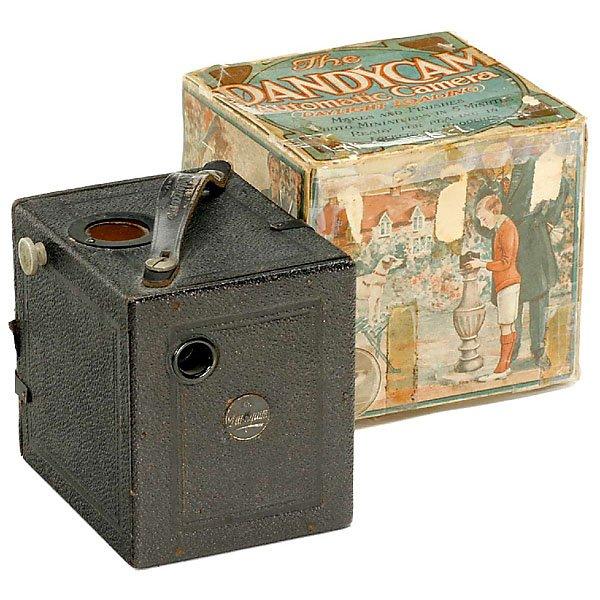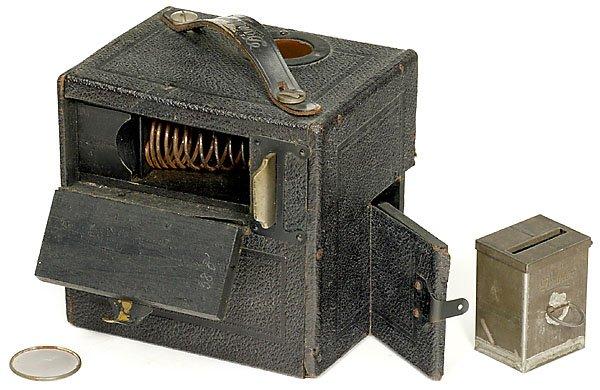The earliest surviving camera that my family had is a Houghton's Ensignette folding camera. It belonged to my grandfather Percival Mills and took many rather poor family 'snaps'. I still have it in its original box with instructions although I have never used it because the film size became obsolete many years before I began photography.
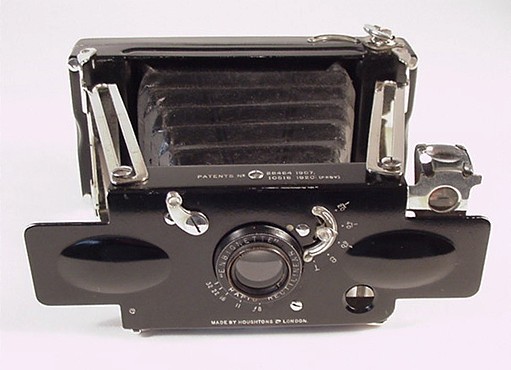
My first monochrome photos were taken with my father's Finetta 88. I used his Gossen Sixon exposure meter and developed the films at home. An old school pal had a darkroom and made my first prints for me.

I used it a few times to see if I liked photography as my friend had just joined the local camera club. He had bought two new Miranda SLRs, one was the FM and the other the Sensorex. I had never known anyone with TWO cameras, especially expensive SLRs. He kept one for colour slide film and the other for monochrome film.
For my 21st birthday I was given a brand new Zenith E 35mm SLR.
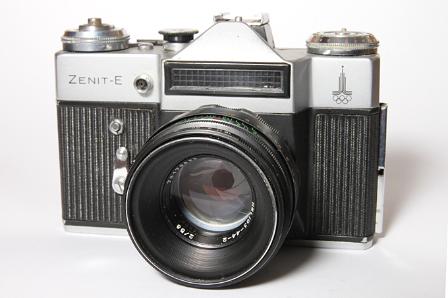
Built like a Russian tank and totally manual in operation it made me think hard about what I was doing. It had the Hellos 44 55mm lens that proved to be pretty good for my needs. When my father was working in New York he picked up a second hand 28mm Soligor and a 200mm Vivitar and were both totally manual with preset apertures. I found the external selenium meter to be very crude and often got the exposures wrong. It was far worse when using the 200mm lens as the meter simply took an average reading of the scene and not what the telephoto was necessarily seeing. It certainly was hard work.
Next came the gorgeous Olympus OM1n that was a joy to hold and use.
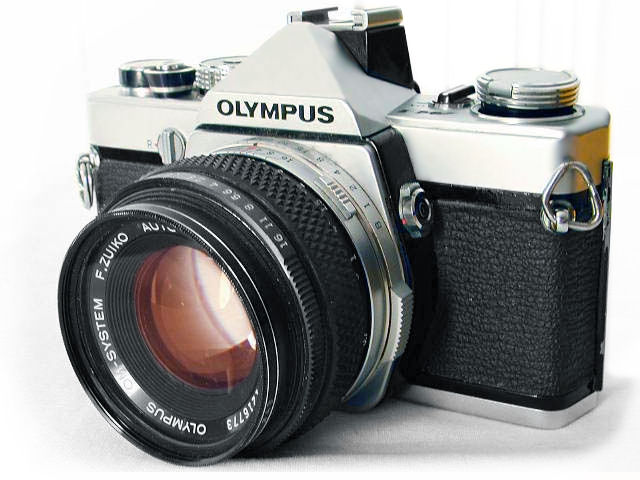
Built like a precision watch it was light and proved very reliable. The standard 50mm f1.8 lens was a gem. I used this camera so much that I bought a second one for B&W film and then an OM2SP that was nothing but trouble! It got little use as it regularly locked solid and was too expensive to keep repairing. Additional lenses were the Olympus 200mm f4 and a 28mm f2.8. Extension tubes and a cheap ultra wide of around 20mm were added.
Eventually the cameras began to suffer with temperamental exposure meters and other general wear and tear, so the inevitable happened. I finally ventured into the dreaded digital route after waiting some time until I saw some decent digital photography was being produced in the various early digital magazines. Initially I was very unimpressed with the 'gimmicky' techniques at that time. You could see the hideous manipulation from a mile away.
As Olympus had no digital camera that would accept my OM lenses I had to start from scratch so my first camera in the new medium was an 8.3Mp Canon 20D with Canon 17-40mm f4 lens.
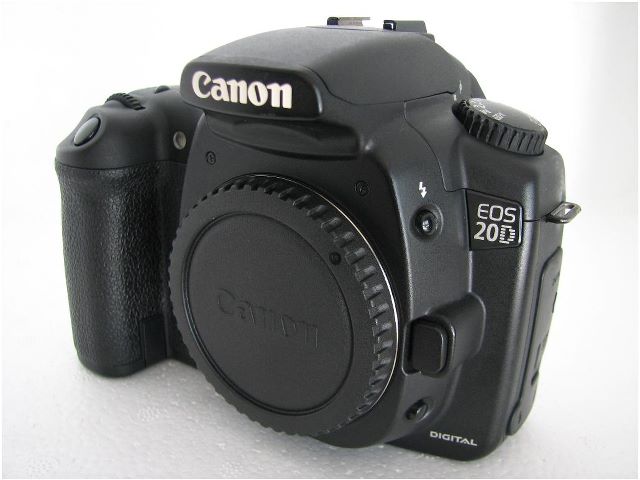
This was was later joined by a Canon 70-200mm f2.8 L IS telephoto. It's very heavy but gives superb performance. If only it weighed less.
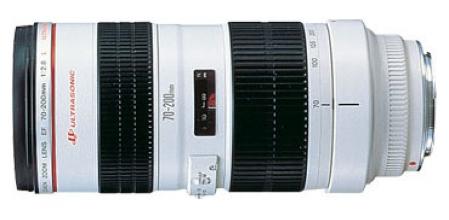
The 20D has been very well used and has performed very reliably with just the occasional lock-up requiring a quick opening of the battery door to re-boot it.
I have now just purchased a mint 15.1 Mp Canon 50D that has far better low light capability so I'm looking forward to some night photography.
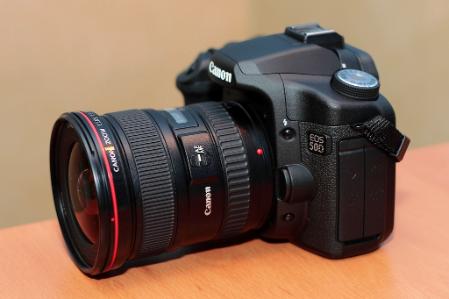
Some other cameras in my arsenal are:-
- MPP 5"x4" plate camera with a 90mm Schneider Super Angulon lens that produces superb quality films. Heavy, but great fun to use with its rise and tilt capabilities.

- Zenith 80 Medium format rollfilm camera. with 80mm Industar lens.

- Zeiss Icarex CS 35 PRO SLR with Tessar 50mm f2.8 lens.
- Thornton Pickard Triple Extension Half Plate View Camera
This fine example is unlike the scruffy one I found many years ago fitted with a Thornton Pickard Beck f8 symmetrical lens. One day it may look as smart as this.

DANDYCAM
I was very fortunate to buy one of these rare cameras that used the Ferrotype process to produce coin-like positive images on iron discs. The camera contains a small metal chemical developing tank and the photosensitive discs were stacked inside and 'shuttled' through by operating a slide in and out. The camera is essentially an early SLR as it has no viewfinder. The viewfinder screen is illuminated by a manually tilted mirror. It normally sits at 45 degrees, but by tilting it horizontally it acts as a shutter and lets the light through to the sensitised disc. The disc it then shuttled away to drop into the development tank.
One of these is for sale on the internet for approx 1000 Euro.
"Automatic Ferrotype Camera "The Dandycam", c. 1910 W. Butcher & Sons, London, UK. Ferrotype box-style camera for buttons of approx. 25 mm diameter for brooches etc. Produced within 5 minutes! Viewfinder and exposure through the same lens. After exposure the button is transported automatically by a slide into the developing tank. With original box (taped) and an unused button! - Literature: Brian Coe, "Cameras". - Extremely rare set!
